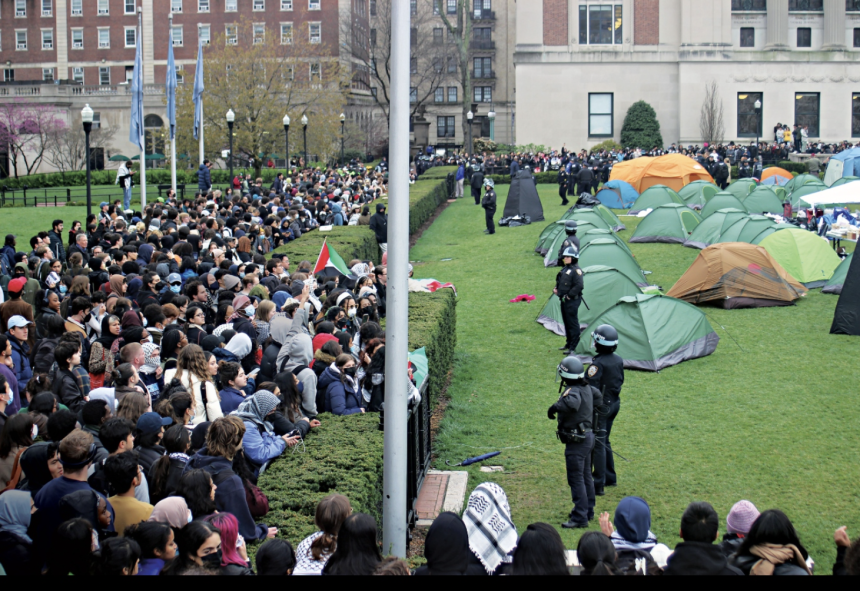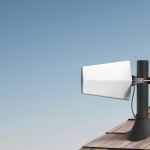The scene at Massachusetts General Hospital tells the story better than any statistic could. A mother clutches a paper cup of water while her young son dozes fitfully against her shoulder in the emergency department’s waiting room. They have been waiting for three hours, along with dozens of other Boston residents – all part of what hospital staff are calling “the winter we’ll be talking about for years.”
Across America, this scene repeats itself. From Seattle’s rain-soaked emergency rooms to Miami’s humid waiting areas, hospitals are grappling with what medical professionals describe as an unprecedented convergence of respiratory illnesses. The numbers back up their observations: over 160,000 hospitalizations and 6,600 deaths this season alone have left medical facilities stretched thin and communities on edge.
The Reality on the Ground
At Chicago’s Northwestern Memorial, veteran ER nurses have learned to spot flu cases before patients even reach the triage desk. It’s visible in the way people walk – everything’s slow, painful, deliberate. The hospital corridors tell their own story of exhaustion, determination, and the relentless pace of this viral season. Los Angeles clinics have started offering extended hours to handle the overflow from urgent care centers. During what should be standard eight-hour shifts, doctors are seeing nearly double their usual patient load. The challenge isn’t just the volume – it’s helping people understand why their symptoms might indicate flu rather than COVID, or vice versa.
In a world where healthcare demands are ever-increasing, some individuals seek alternative forms of entertainment to unwind after long shifts. This is where platforms like robocat casino come into play, providing a space for relaxation and fun amidst the chaos. As healthcare professionals navigate the complexities of patient care, finding time to decompress is essential for maintaining their well-being.
When Viruses Strike
A typical case starts normally enough – morning coffee, laptop, virtual meetings. By lunch, patients find themselves shaking with chills under multiple blankets, their smart watches showing elevated heart rates. Those who’ve experienced both common colds and this season’s flu describe it as fundamentally different – like their bodies are fighting a war they hadn’t trained for.
Household spread has become particularly concerning. What starts as one child’s sniffle can turn into an entire family falling ill within 48 hours. Homes transform from planning weekend activities to coordinating medication doses and temperature checks almost overnight.
The Clinical Picture
Emergency departments have become masters at viral detective work. COVID often announces itself with that telltale loss of smell – simple pleasures like coffee or scented candles suddenly seem blank. The flu, meanwhile, tends to hit like a linebacker, turning muscles achingly sore within hours.
A cold might make someone miserable, but rarely spikes the kind of fever that has parents pacing at 3 AM. And RSV? It’s the stealth player, often mistaken for a mild cold until that distinctive wheezing starts, especially dangerous in the very young and elderly.
Beyond the Waiting Room
Public schools are seeing the impact firsthand. One Denver elementary school recently recorded triple its usual absence rate, with more than a third of students out sick. School nurses have converted art rooms and libraries into temporary rest areas where students showing symptoms can wait for parents, away from their classmates.
Meanwhile, pharmacies from Portland to Philadelphia report running low on everything from digital thermometers to children’s fever reducers. Empty shelves where common medications usually sit have become an increasingly familiar sight across the country.
Moving Forward
This isn’t just another flu season. It’s a stark reminder of how connected communities are, how quickly illness can spread in our busy world, and how crucial basic health measures remain. Getting vaccinated, washing hands frequently, wearing masks in crowded spaces – these aren’t just recommendations anymore. They’re the new reality of winter in America.
As February approaches – historically the peak of flu season – healthcare workers are preparing for what could be the toughest weeks yet. But there are signs of hope. Vaccination rates are climbing. Communities are adapting. People are learning to take these viruses seriously.
The crisis isn’t over. But across America, in emergency rooms and school nurses’ offices, in pharmacies and family clinics, healthcare workers and communities are coming together to weather this viral storm. And that might be the most important story of all.
Lynn Martelli is an editor at Readability. She received her MFA in Creative Writing from Antioch University and has worked as an editor for over 10 years. Lynn has edited a wide variety of books, including fiction, non-fiction, memoirs, and more. In her free time, Lynn enjoys reading, writing, and spending time with her family and friends.















